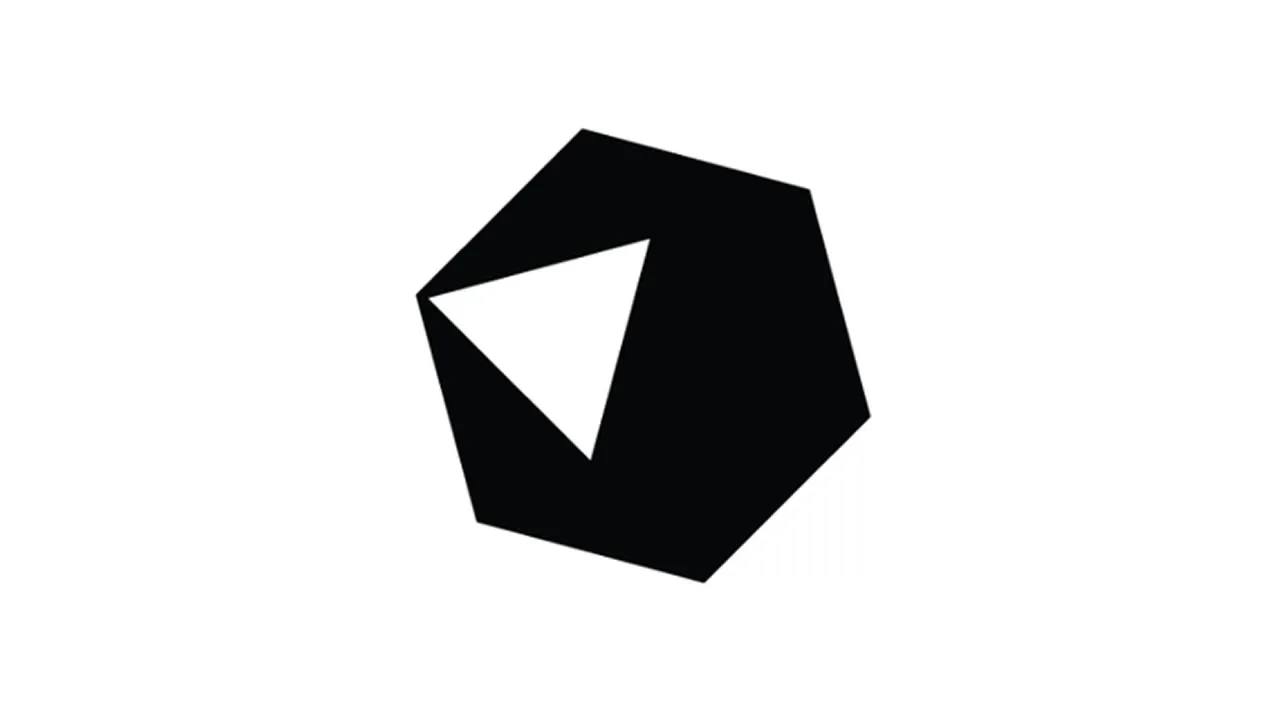Get started with an overview of Crystal 1.0, a new frontend language inspired by Ruby with the power of C.
Crystal is a Ruby-like programming language with the power of C. Ruby/Rails developers especially should try this language because of its similarity to Ruby in syntax and pure elegance. Crystal offers the performance and efficiency of C, which is mostly used to write low-level systems with ease.
In this article, we will discuss the following topics, along with a few basic things Crystal can offer:
- What is Crystal? (A short overview of Crystal)
- Getting started with Crystal (installation process and guidelines for all OS)
- Writing our first Crystal Lang: A simple program and HTTP server
- Using variables, control expressions, classes, methods, and type reflection
- How Crystal handles errors
- Why Crystal?
- The future of Crystal
What is Crystal?
Crystal was originally named Joy and began development in 2011. The first official version was released in 2014, and since then has been under constant development until March 2021 when Crystal 1.0 arrived.
Crystal is a statically-typed systems programming language with several important developer-friendly goals. Inspired by Ruby, Crystal has a gentle learning curve that makes it easy to read and write. It also offers type checking at runtime, but does not always require defining variable types or method arguments.
The team behind Crystal has made it clear that the similarity with Ruby is not the goal or the reason for this language. While inspired by Ruby’s productivity, Crystal compiles to native code with the use of LLVM, and uses type inference which automatically concludes the type of an expression at compile time.
Concurrency in Crystal works like that of Go, in that it uses threads called “fibers” to communicate without having to share memory. This is different from parallelism; two code paths cannot be executed at the same time, but are dependent on the previous task’s completion before the next task can begin. Crystal fibers are similar to those of an operating system thread except that they are lightweight and are managed by the process internally.
Crystal also boasts the ability to call C code just by writing bindings to it, which gives you the ability to pass data between the two. This allows us to take advantage of the strengths of both languages.
The team also clarified that Crystal will be backwards compatible with previous versions, meaning that while the built-in libraries are being updated, they will still work without needing an update. These built-in libraries are grouped into “shards” and dispensed using Git. A Shard is a package of Crystal code with built-in commands from its respective repository, and are available when you specify them through a YAML file.
Before Crystal 1.0, there had been subsequent releases without Crystal 1.0’s current language stability and significant compile stability, which make the language particularly useful. Future releases will be bug fixes or maintenance and will be regarded as patch releases.
#crystal #ruby #c-programming #developer
